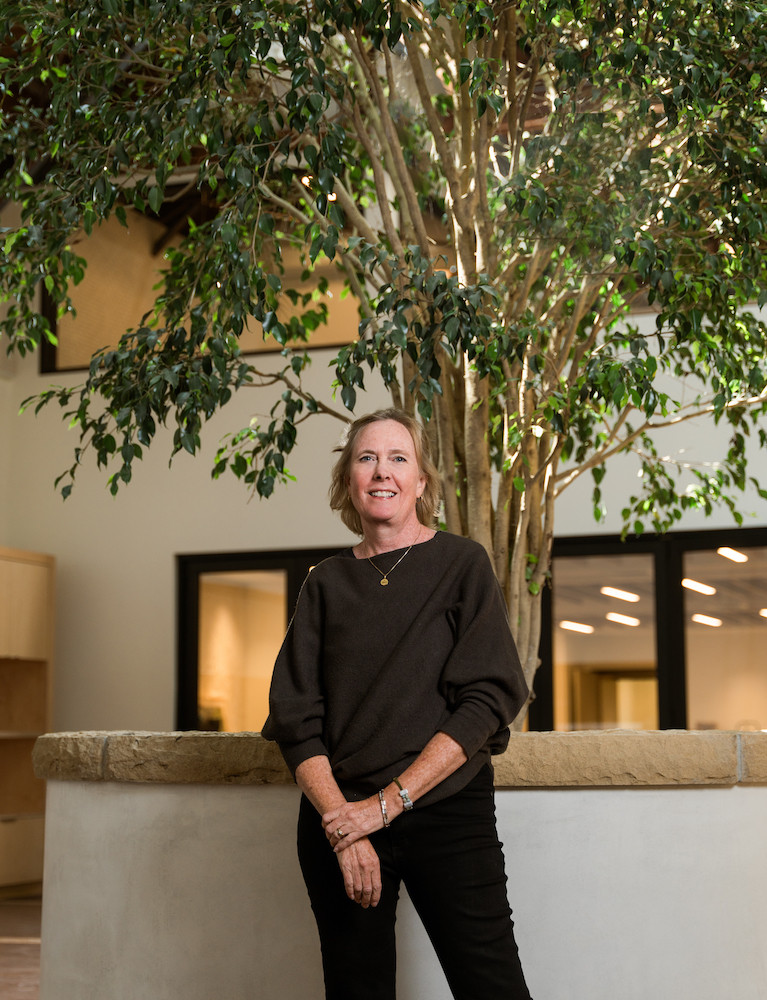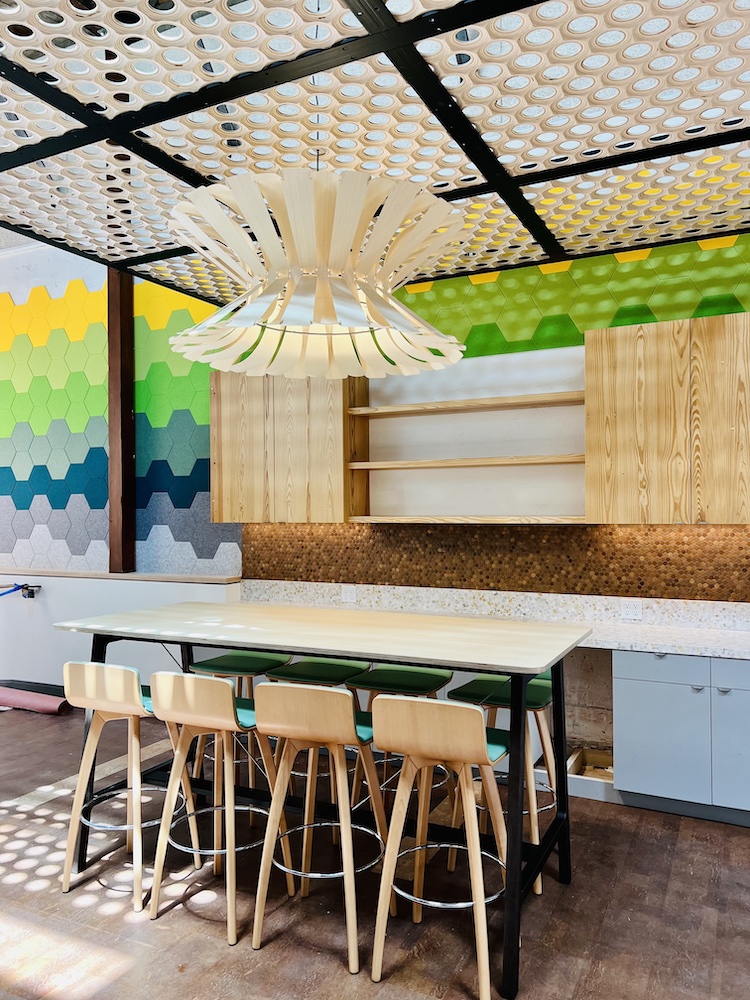CEC Unveils Its New State-of-the-Art Space for Community Collaboration

On July 6th, the Community Environmental Council (CEC) celebrated the grand opening of its highly anticipated Environmental Hub. Located at 1219 State Street, this 10,000-square-foot space is set to revolutionize the way Santa Barbara approaches environmental initiatives, fostering collaboration, innovation, and community engagement.
With its roots tracing back to the devastating 1969 oil spill, the CEC was founded in 1970 by a group of passionate individuals determined to make a difference. Sigrid Wright, the CEO and Executive Director of the CEC, expressed her excitement at the realization of a long-held dream: having a community-facing presence on State Street. Reflecting on the organization’s humble beginnings, she remarked, “Our very first home was a storefront at the corner of State. So, in many ways, we’ve come full circle.”
From the moment visitors step into the hub, they are greeted with a fusion of sustainability and functionality. The reception desk, constructed from reclaimed wood, serves as a warm and inviting entry point. Throughout the space, cork flooring not only provides a pathway, reminiscent of gravel or stones, but also offers sound dampening properties, ensuring a conducive work environment. The commitment to sustainable materials is evident in the use of urban timber sourced from downtown felled trees, giving new life to the natural resources that surround the area. The interplay between low and high ceilings, coupled with skylights that flood the main atrium with natural light, creates an immersive experience, reminiscent of traversing through a forest. The main atrium features a robust Ficus tree, its roots reaching deep into the earth below.

As health and safety remain paramount, the CEC has incorporated measures to ensure optimal air quality within the hub. An advanced HVAC system was installed with high-grade filtering and natural air that turns over every few hours. The upcoming introduction of mobile units equipped with HEPA filtration will provide individuals the ability to adjust air circulation to their preference. The commitment to sustainability extends to energy efficiency as well. By the end of the year, the Environmental Hub is poised to be the first zero net energy building on State Street, thanks to the integration of LED lighting and forthcoming solar panels.
The layout of the hub reflects the diverse needs of its occupants. The CEC’s team, dedicated to addressing climate change through a wide range of programs, will primarily occupy the upstairs offices. Additional features include a community media lab, equipped with the necessary tools for podcasting and webinars; a galley kitchen; a coffee bar; a spacious conference room with retractable partitions and hybrid integration; as well as a giant screen. Each office within the hub offers individual temperature control. With furniture designed on casters, the space embraces flexibility, facilitating easy reconfiguration to accommodate various activities and needs.
The hub goes beyond being a workspace; it serves as a dynamic venue for after-hours and weekend events to include film screenings, lectures, and even weddings. To ensure accessibility, the CEC has developed rate sheets catering to different tiers, including nonprofits, for-profits, and grassroots organizations. Collaborating with Kiva, a for-profit entity, the CEC aims to efficiently manage scheduling.
While the hub’s revenue generation plays a role in offsetting operating costs, it is not the primary focus for the CEC. Wright explained that the intention behind the space evolved over time, driven by the realization that the hub’s potential went beyond the organization’s internal needs. The emphasis is on creating a space for connectivity. The CEC’s pioneering initiative paves the way for a new paradigm of community involvement and collective action. The hub serves as a reminder that the journey toward a more sustainable future requires the collaboration and commitment of individuals, organizations, and communities alike.







